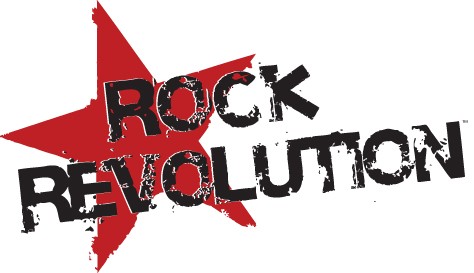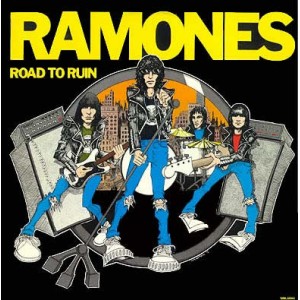| Home | 1950- early 1960s | Mid-to late 1960s | Late 1960s to mid-1970s | Mid-1970s to the 1980s | 100 Greatest Singers |
Punk Rock and New Waves
Punk rock was developed between 1974 and 1976 in the United States and the United Kingdom. They created fast, hard-edged music, typically with short songs, stripped-down instrumentation, and often political, anti-establishment lyrics.
By late 1976, acts such as the Ramones and Patti Smith, in New York City, and the Sex Pistols and The Clash, in London, were recognized as the vanguard of a new musical movement The following year saw punk rock spreading around the world. Punk quickly, became a major cultural phenomenon in the United Kingdom. An associated punk subculture emerged, expressing youthful rebellion and characterized by distinctive clothing styles and a variety of anti-authoritarian ideologies.
By the beginning of the 1980s, faster, more aggressive styles such as hardcore had become the predominant mode of punk rock. Since punk rock's initial popularity in the 1970s and the renewed interest created by the punk revival of the 1990s, punk rock continues to have a strong underground following.This has resulted in several evolved strains of hardcore punk, such as D-beat (a distortion-heavy subgenre influenced by the UK band Discharge), anarcho-punk (such as Crass), grindcore (such as Napalm Death), and crust punk. Musicians identifying with or inspired by punk also pursued a broad range of other variations, giving rise to New Wave, post-punk and the alternative rock movement.


